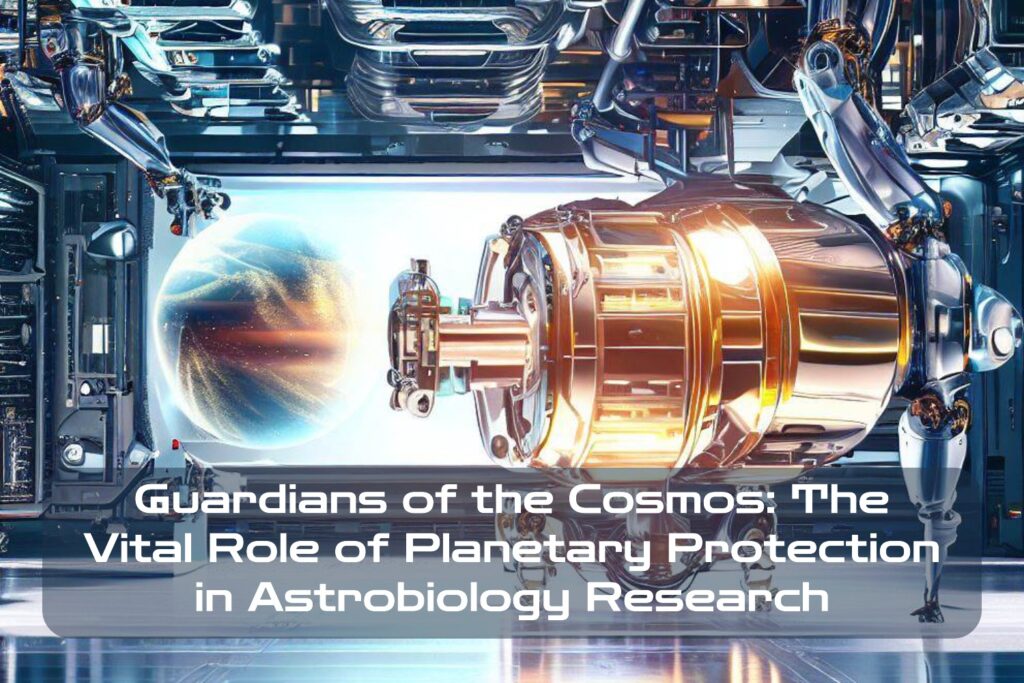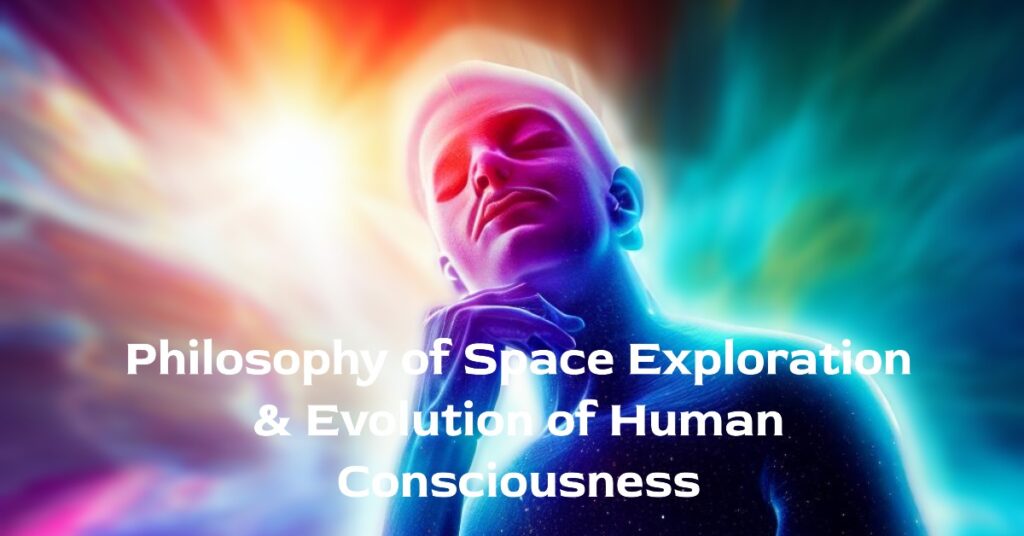The Search for Life Beyond Earth
Astrobiology research seeks to answer the fundamental question of whether life exists beyond our planet. This field of study encompasses a wide range of scientific disciplines, including astronomy, biology, geology, and chemistry. Astrobiologists use a multidisciplinary approach to investigate the possibility of extraterrestrial life in our solar system and beyond.
Understanding the origins and evolution of life on Earth is a critical component of astrobiology research. By studying the conditions that led to the emergence of life on our planet, scientists can identify environments that may be conducive to supporting life elsewhere in the universe.
The implications of discovering extraterrestrial life are profound. It would revolutionize our understanding of ourselves and our place in the cosmos.
It could also have significant implications for religion, philosophy, ethics, and technology. There are many reasons why astrobiology research is considered one of the most important fields in science today.
Why Planetary Protection Matters
Planetary protection is a set of protocols designed to prevent contamination during space exploration missions. These protocols are crucial for preserving the integrity and scientific value of astrobiology research.
When exploring other planets or moons, spacecraft can inadvertently carry microorganisms with them from Earth. If these organisms were to contaminate an extraterrestrial environment, they could interfere with or even destroy any native life that may exist there.
Protecting other worlds from contamination is not only important for ethical reasons but also because it ensures that any potential discoveries made by astrobiologists are credible and scientifically valid. Without planetary protection measures in place, it would be impossible to distinguish between native organisms and those introduced by human activity.
Overall, planetary protection plays a critical role in ensuring that we can conduct meaningful astrobiology research without causing harm or compromising scientific integrity. As technology continues to advance and space exploration becomes more accessible than ever before, it’s essential that we remain vigilant and committed to these protocols.
What is Planetary Protection?
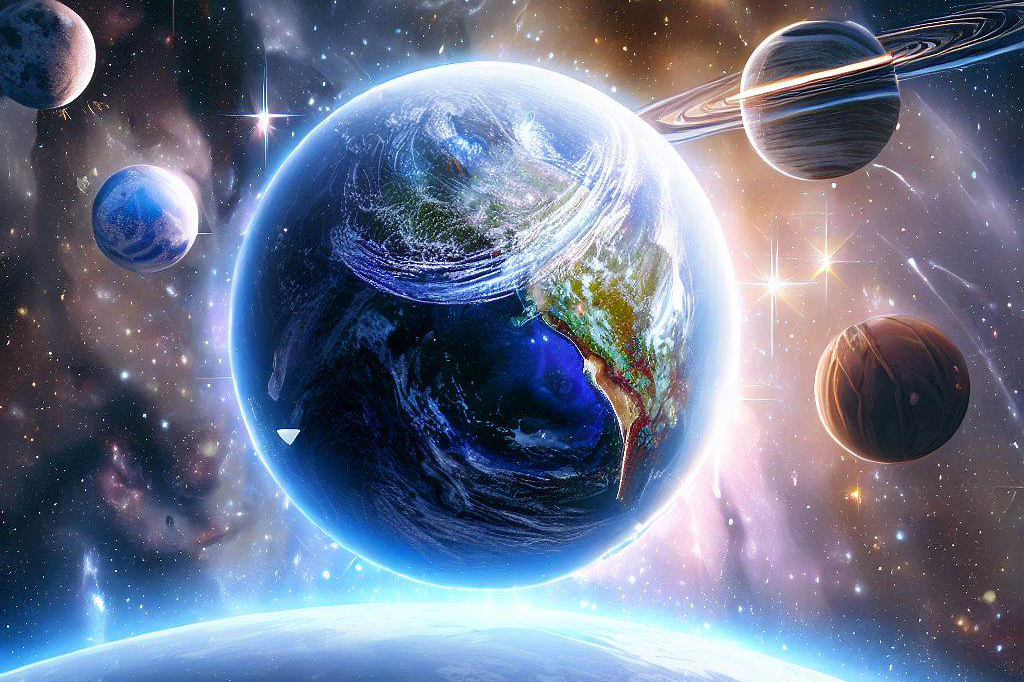
The importance of keeping our space exploration endeavors clean and pure
Planetary protection can be defined as a set of protocols, policies, and procedures aimed at preventing contamination between different planets, moons, and other celestial bodies in the solar system. The purpose of planetary protection is to ensure that any potential life or organic substances that may exist on other planets are not unintentionally contaminated by Earth’s microbes or other particles. Additionally, planetary protection aims to prevent any contamination on Earth from returned samples from extraterrestrial environments.
The importance of planetary protection cannot be overstated. Spacecraft landing on another planet or moon can bring with them a wide variety of microorganisms such as bacteria, fungi, or viruses.
These organisms could potentially contaminate extraterrestrial environments and interfere with the scientific investigation of life beyond Earth. By following strict protocols for spacecraft sterilization and mitigating risks associated with biological contamination in space experimentation and exploration missions, we safeguard against accidental contamination in the search for extraterrestrial life.
International guidelines and policies governing planetary protection
Planetary protection guidelines are established by international agreements between spacefaring nations to ensure that all missions adhere to a consistent standard when it comes to preventing biological cross-contamination in outer space.
The two main organizations responsible for setting these standards are the Committee on Space Research (COSPAR) and the International Council for Science (ICSU).
COSPAR was established by the International Council for Science (ICSU) in 1958 to promote international cooperation in scientific research related to outer space.
COSPAR developed its first policy on planetary protection in 1964 which was extensively revised throughout the years due to technological advancements made within space exploration.
Today, COSPAR provides recommendations based on various levels of concern: Category I recommendations apply when there is evidence that an object under consideration has an unacceptable risk of forward contamination, while Category II recommendations apply to missions where there is an unacceptable risk of backward contamination.
Both COSPAR and ICSU policies are aimed at promoting responsible exploration and research in outer space. The policies serve as a means to ensure that planetary protection procedures are met by all spacefaring nations, thereby minimizing the risk of contamination and allowing for scientific discoveries to be made in a more controlled and safe way as we explore the final frontier.
The Imperative of Safeguarding Interplanetary Research: Understanding Contamination Risks
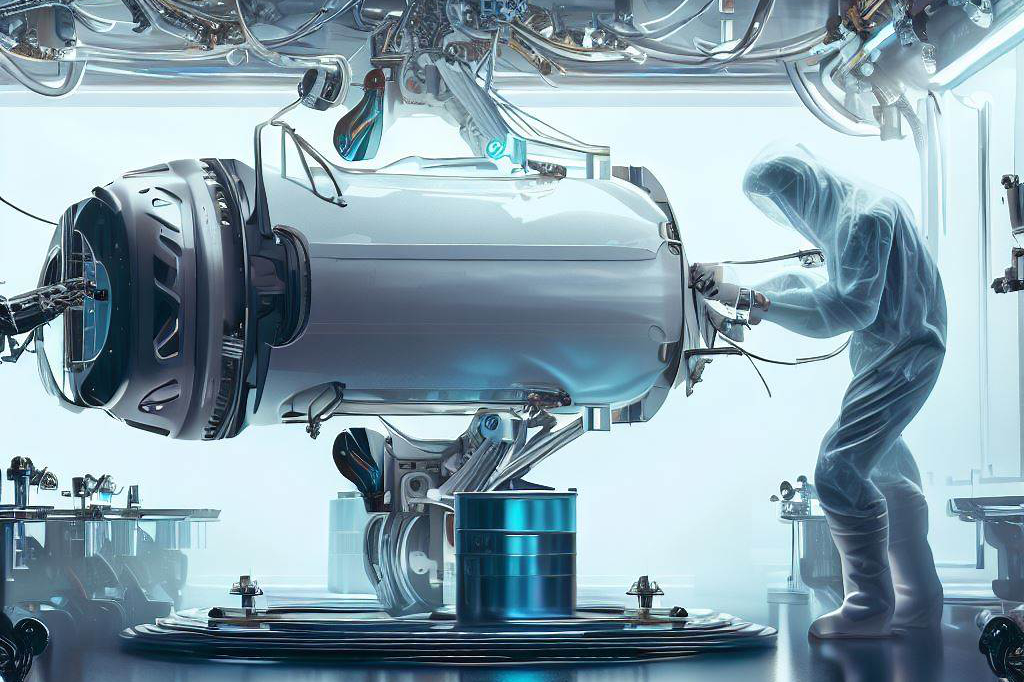
Planetary protection is a crucial aspect of astrobiology research, as it helps safeguard our search for extraterrestrial life. When we send spacecraft to other planets or moons, there is always a risk that they could contaminate the environment with microorganisms from Earth.
These contaminants could interfere with future scientific investigations and even compromise the detection of potential alien life. The potential risks of spacecraft contamination are significant and far-reaching.
For example, if our probes were to inadvertently introduce Earthly microbes into the Martian environment, it would be almost impossible to know whether any microorganisms found on Mars were truly indigenous or simply arrived through contamination. This would have serious implications for our understanding of the origin and evolution of life on other planets.
Furthermore, contamination can also impact scientific discoveries in ways that are less obvious but no less significant. For instance, even trace amounts of organic compounds or other potential biosignatures left by a contaminated probe could skew measurements taken by subsequent missions or affect conclusions about habitability.
The Ripple Effect of Contamination
Contamination doesn’t just have an impact on immediate goals; it can also create problems for future missions.
If we mistakenly detect signs of life on a planet or moon only to later discover that it was introduced through contamination by previous missions, this could erode public trust in astrobiology research as well as set back scientific progress.
Moreover, the stakes for planetary protection are only likely to increase as space exploration expands over time. As humans begin sending craft beyond our own solar system and into interstellar space, for example, ensuring adequate protections against contamination will become even more challenging – yet just as critical.
Ultimately, planetary protection is important not only because it safeguards our search for alien life but also because it sets a precedent for responsible exploration in space. By taking steps to minimize our impact on other worlds and prioritizing ethical considerations alongside scientific ones, we can pursue our goals of discovery and exploration without compromising the integrity of the universe around us.
Methods of Planetary Protection
Clean Room Procedures
Clean room procedures involve creating a strictly controlled environment to prevent contamination. This process starts with the construction of a special room that is designed to limit the number of particles in the air. All personnel entering and leaving the room must wear protective clothing, such as lab coats, gloves, and masks.
The goal is to eliminate or minimize any contaminants that could contaminate the spacecraft. NASA’s Jet Propulsion Laboratory (JPL) in Pasadena, California has one of the largest clean rooms in the world, measuring 25,000 square feet.
Sterilization Techniques
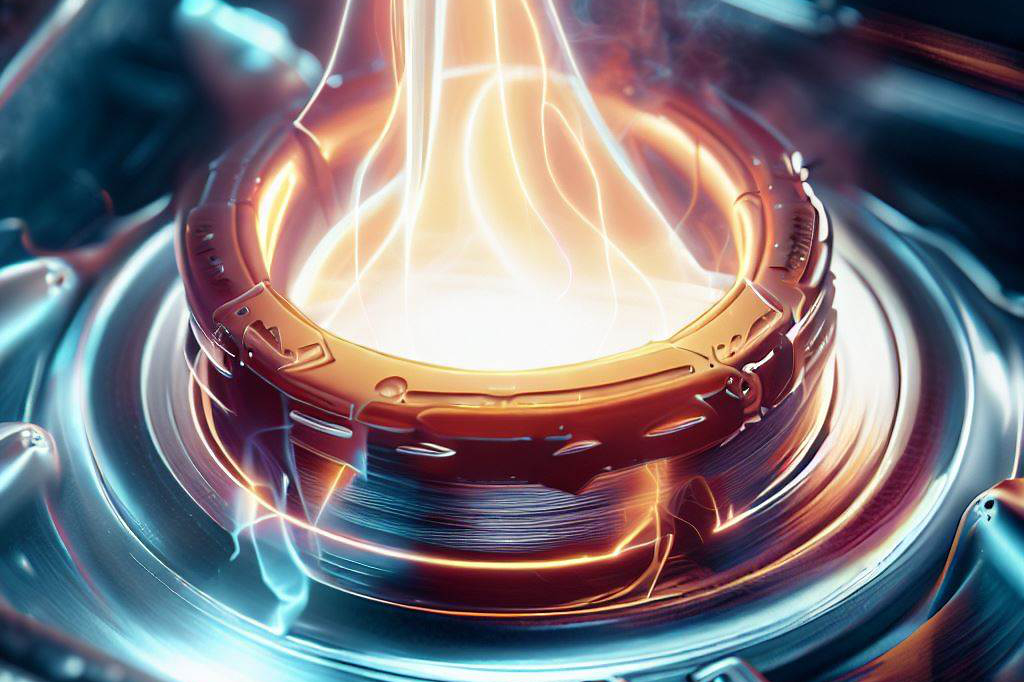
Sterilization techniques are used to eradicate microorganisms from spacecraft surfaces or other equipment that may come into contact with planetary surfaces. These methods include heat sterilization and chemical sterilization.
For example, heat sterilization involves exposing spacecraft components to high temperatures for extended periods under specific conditions to ensure complete disinfection. Chemical sterilization involves using agents such as hydrogen peroxide vapors or ethylene oxide gas.
Quarantine Protocols
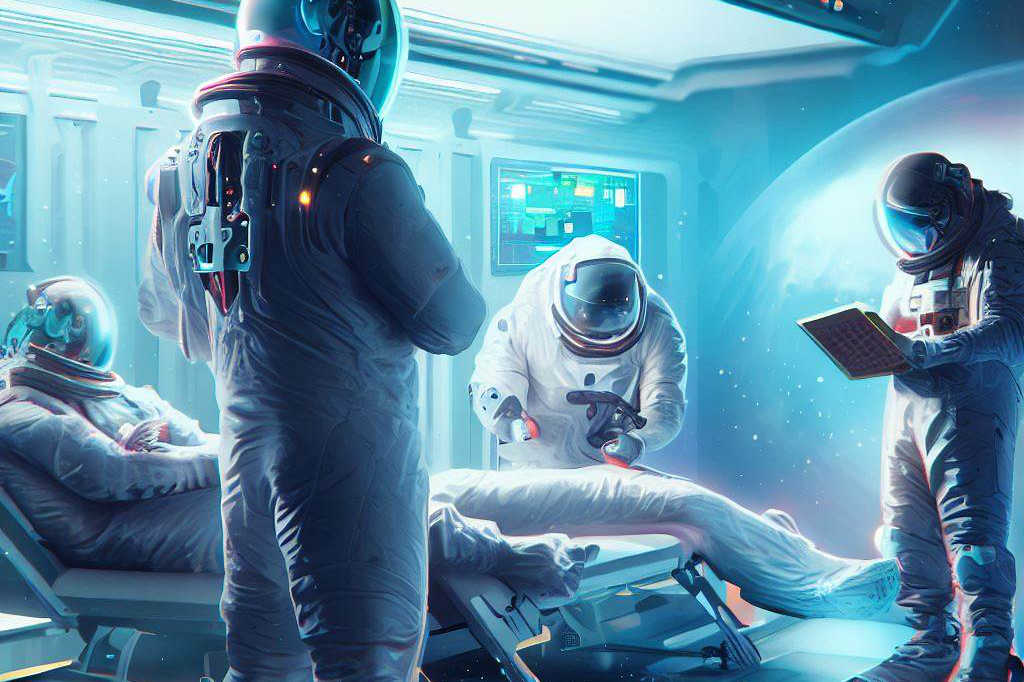
Quarantine protocols are put into place after a mission has returned from another planet or moon and crew members have returned to Earth. With these protocols in place, samples taken from an extraterrestrial environment can be carefully examined before being released into Earth’s environment. Quarantine protocols also include monitoring crew members for signs of illness when they return home, since it is possible that they were exposed to new pathogens while on their mission.
Implementing Planetary Protection Methods by Space Agencies like NASA and ESA
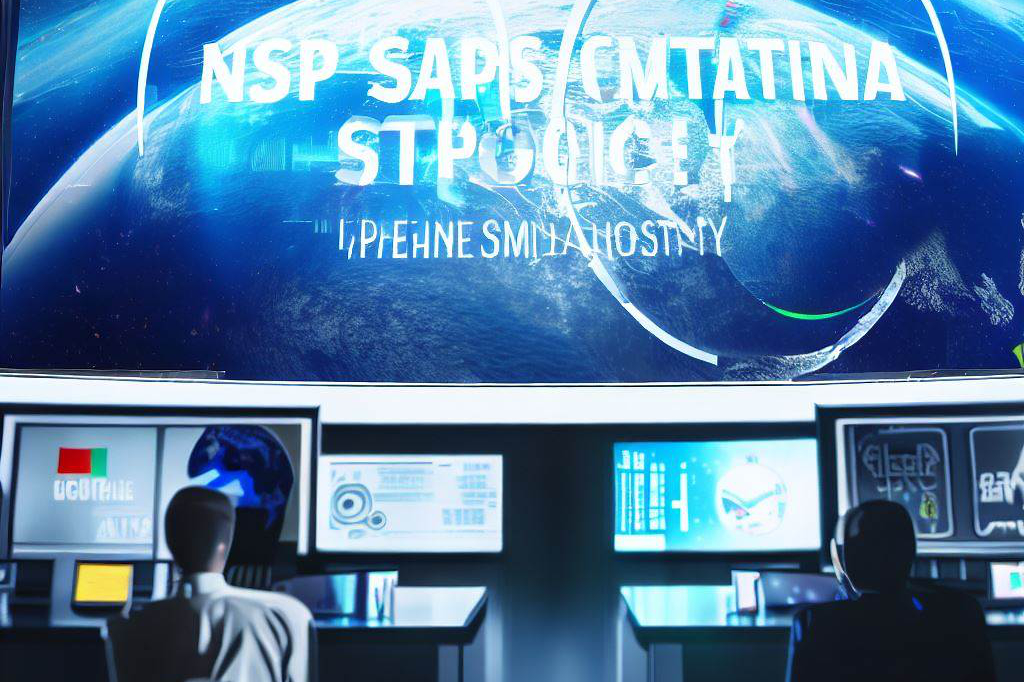
NASA and ESA have implemented strict measures for planetary protection due to their respective space exploration missions over the past years.
All missions sent out by these agencies must go through rigorous testing processes before being approved for launch i.e., cleanroom protocol implementation, sterilization techniques, and quarantine protocols.
For instance, NASA’s Mars 2020 Perseverance Rover underwent a strict cleaning process to ensure that it was free of contaminants.
After the spacecraft was thoroughly cleaned, it was sealed in a container to protect it from further contamination during transport. Planetary protection methods are vital for ensuring that future missions are not contaminated by microorganisms or other particles from Earth.
The implementation of these methods involves several phases of testing and monitoring before and after launch. Clean room procedures help to minimize contaminants, while sterilization techniques destroy any potential life or pathogens on the spacecraft surfaces.
Quarantine protocols ensure that samples taken from extraterrestrial environments are carefully examined before releasing them into Earth’s environment. With these measures in place, we can continue our search for extraterrestrial life without worrying about contaminating other planets or moons with our own biosphere.
Challenges in Implementing Planetary Protection
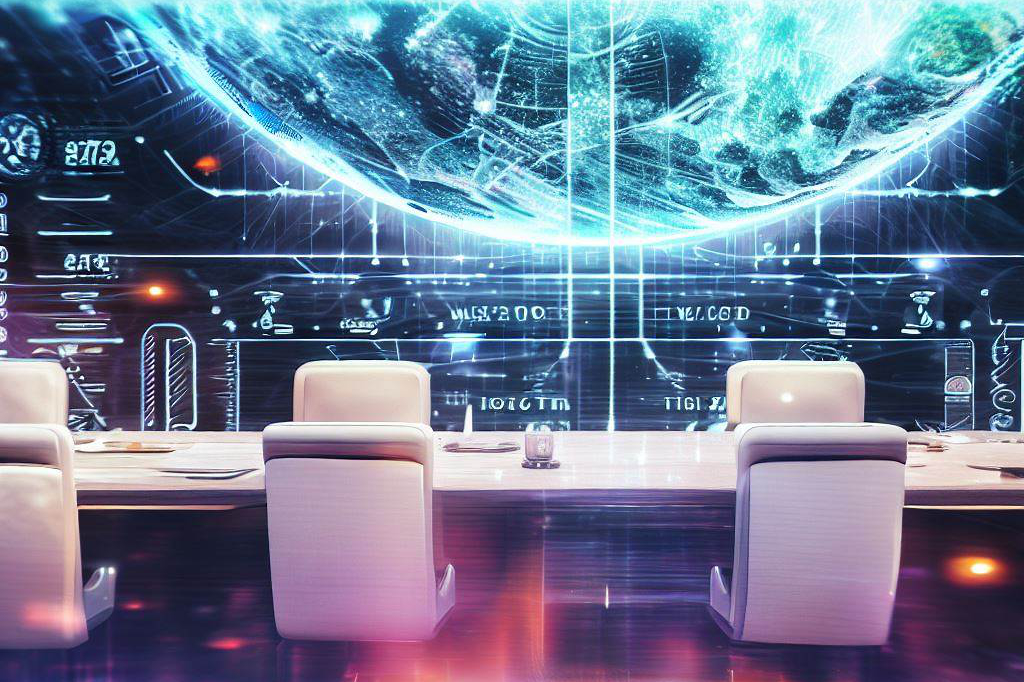
Space Agency Challenges
Planetary protection is an essential component of astrobiology research, but implementing these measures can be quite challenging for space agencies. One of the primary challenges is the cost associated with developing and implementing sterilization techniques to minimize spacecraft contamination.
These sterilization techniques are not only expensive, but they also require significant amounts of time and resources for effective implementation. Another challenge involves technical limitations related to current sterilization procedures.
While certain techniques, such as heat or radiation, can effectively kill microorganisms, there are limitations in terms of their ability to penetrate complex instruments and equipment on spacecraft that could potentially harbor life. This makes it difficult for scientists to completely ensure that no living organisms have been introduced into a planetary environment.
Ethical Considerations
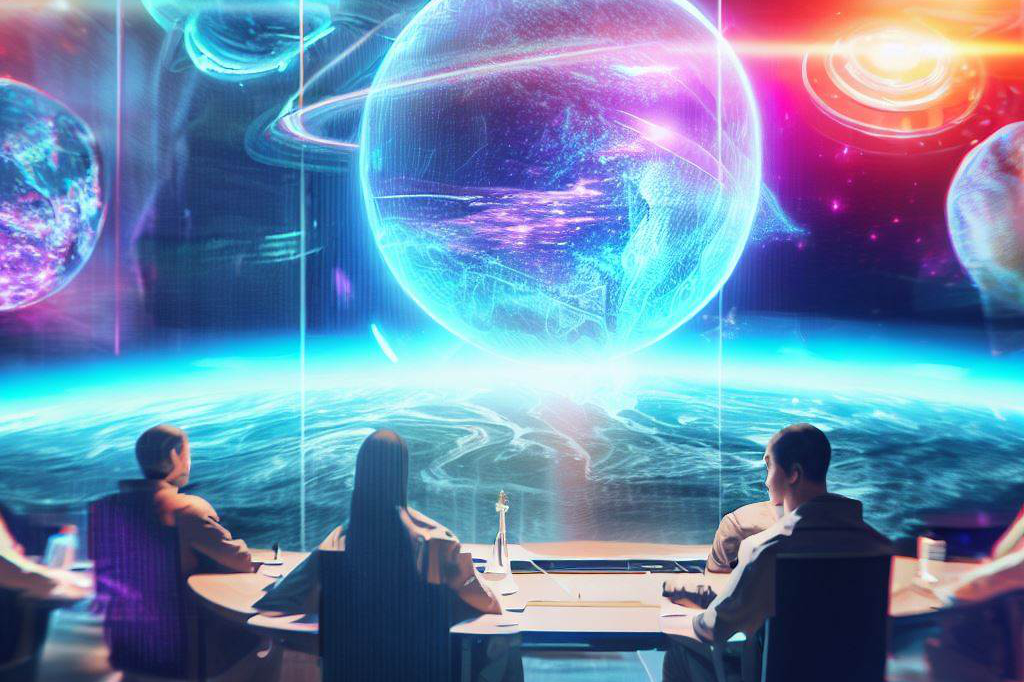
There are also ethical considerations surrounding planetary protection policies that must be considered by space agencies. Some argue that aggressive measures such as complete decontamination may interfere with the search for extraterrestrial life by eliminating any potential habitats where living organisms could exist.
This raises important questions about balancing scientific discovery with environmental conservation. Additionally, some critics argue that current planetary protection policies may be too restrictive, leading to unnecessary delays and increased costs associated with space mission planning and execution.
Controversies Surrounding Planetary Protection Policies
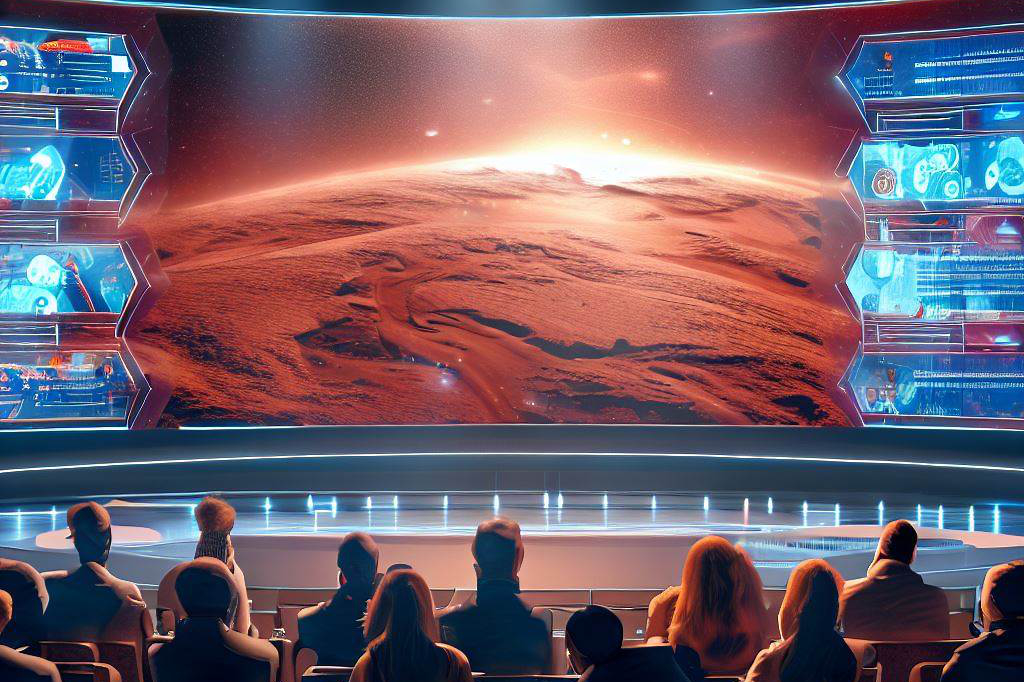
There are controversies surrounding planetary protection policies themselves. One example is the debate surrounding whether or not humans should be allowed on Mars without first establishing comprehensive decontamination procedures.
There are concerns that human exploration could introduce a variety of microbes onto the planet, making it more difficult to discern between indigenous Martian life and Earth-based organisms. Another controversy concerns the potential consequences of introducing microbial life from Earth into other environments within our own solar system or beyond.
Although unlikely based on our current understanding of astrobiology, there is a chance that our actions could inadvertently create new forms of life or even cause harm to existing ecosystems.
Overall, while the importance of planetary protection cannot be overstated, there are significant challenges and controversies that must be addressed by space agencies and policymakers alike.
Future Directions in Planetary Protection
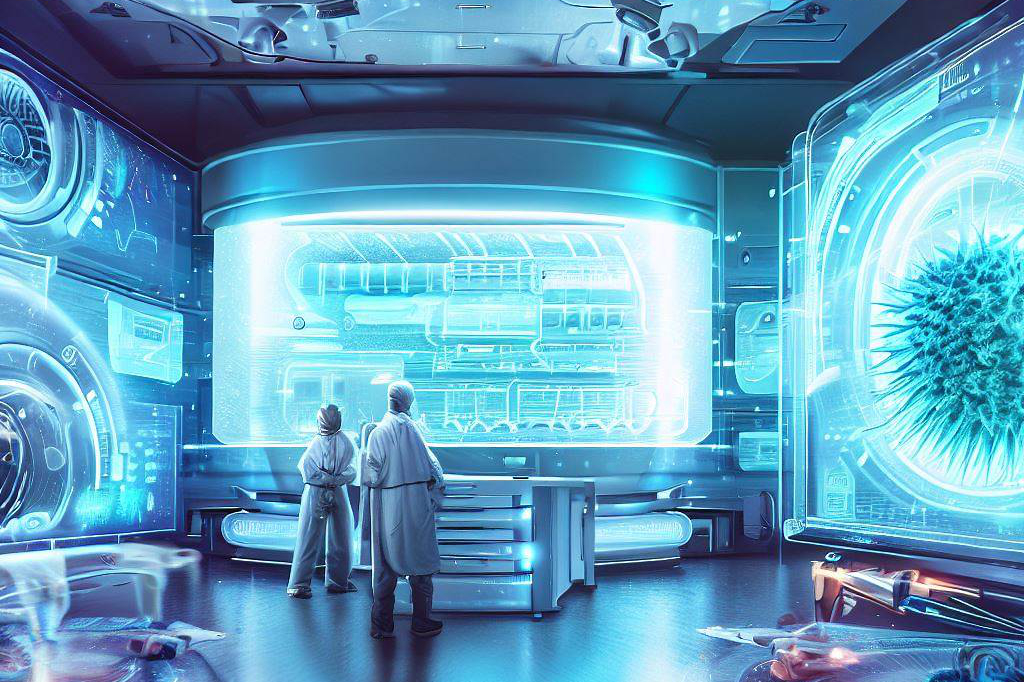
New Technologies for Planetary Protection
As technology continues to advance, so does the ability to improve planetary protection measures.
One new technology being developed is the use of robotic systems for in-situ sterilization.
These systems would be able to sterilize equipment and spacecraft surfaces on other planets, reducing the risk of contamination. Additionally, there is ongoing research into more effective sterilization techniques, such as using plasma or ultraviolet radiation.
Another promising development is the use of bioinformatics and metagenomics to better understand microbial communities on Earth and other planets. This knowledge can help inform planetary protection policies by identifying potential contaminants and understanding how they might interact with other organisms.
Advancements in Technology Shape Future Policies
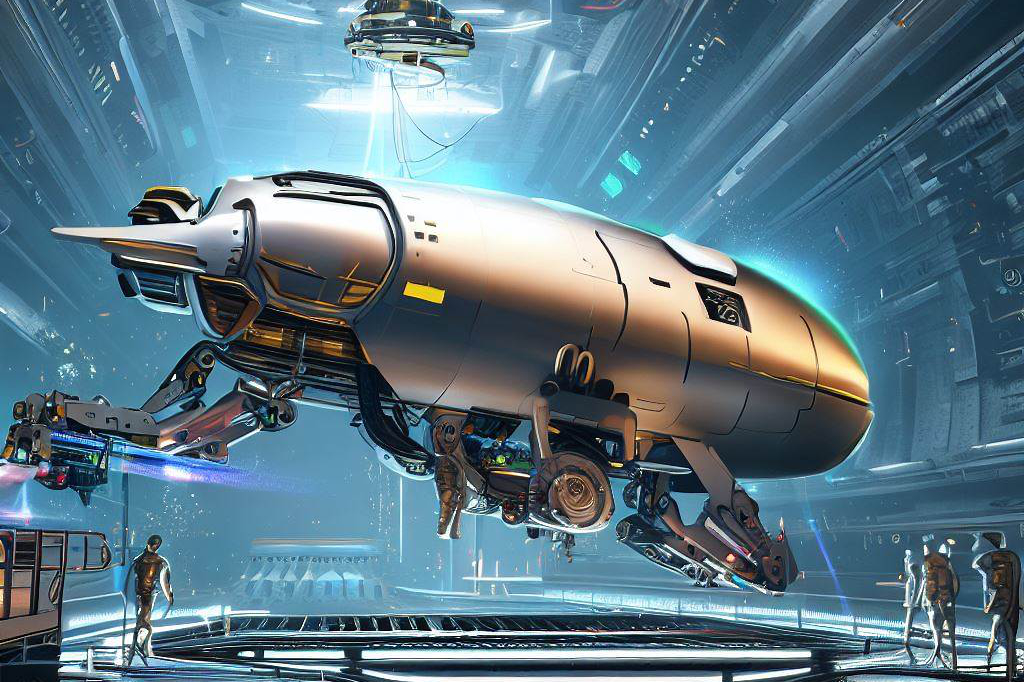
Advancements in technology will undoubtedly shape future policies surrounding planetary protection. As space exploration becomes more frequent and sophisticated, there will be a greater need for reliable methods of ensuring that no harmful contaminants are introduced into extraterrestrial environments.
One potential policy change could be a shift towards more stringent cleanliness requirements for spacecraft leaving Earth’s orbit. This could include mandatory testing and certification procedures to ensure that all hardware going into space meets a certain level of cleanliness.
Another possible change could be increased collaboration between space agencies and private companies involved in space exploration. With the recent boom in private space companies like SpaceX and Blue Origin, there may be a need for new regulations governing their activities in terms of planetary protection.
Balancing Exploration and Protection
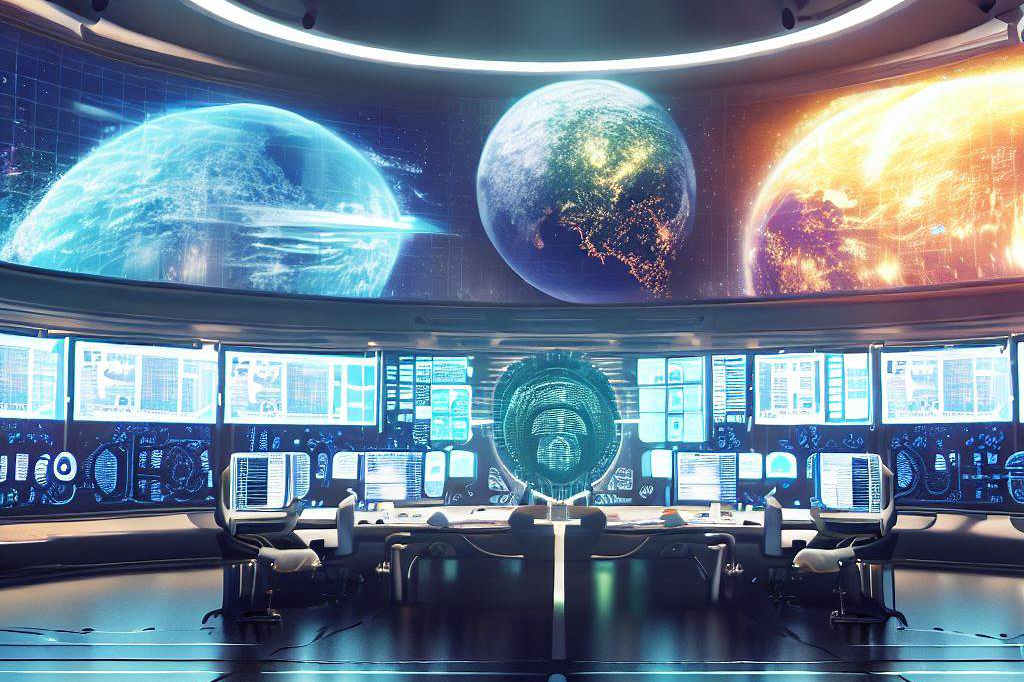
Ultimately, the future of planetary protection will depend on finding a balance between scientific exploration and environmental preservation. As we continue to search for signs of life beyond Earth, we must also remain mindful of our impact on these potentially fragile ecosystems.
By harnessing new technologies and collaborating with one another across borders and sectors, we can ensure that our efforts towards astrobiology research are guided by responsible planetary protection policies. Only then can we hope to uncover the mysteries of the universe while preserving its biodiversity and integrity for generations to come.
Protecting Planets is Protecting Our Future
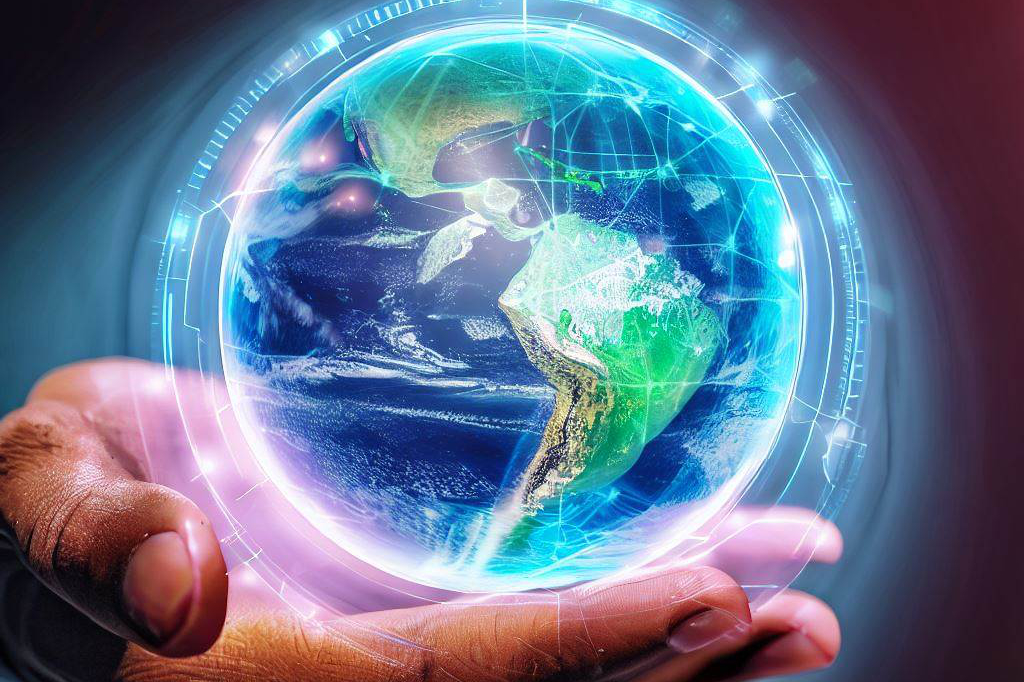
We have discussed the critical role that planetary protection plays in ensuring the integrity of astrobiology research. We have seen how contamination from spacecraft can pose a significant threat to the search for extraterrestrial life and scientific discoveries.
We have also explored various methods used to minimize such contamination, such as sterilization techniques, clean room procedures, and quarantine protocols. Despite the challenges faced by space agencies when implementing planetary protection measures, we must recognize that these measures are crucial in protecting not only the planets or moons we explore but also our future as a species.
Our search for life beyond Earth has profound implications for our understanding of our place in the universe and our own origins. It is a quest that demands scientific rigor and ethical responsibility.
Advancements in technology hold much promise for improving planetary protection measures, but we must not forget that there is still much to learn about our universe and ourselves. By continuing to explore with care and respect, while keeping an eye on emerging risks and opportunities, we can expand human knowledge while preserving precious resources for generations to come.
In short, protecting planets means protecting our future. Let us embrace this responsibility with humility and curiosity as we continue on this exciting journey of discovery.

C M, a seasoned editor, journalist, and consultant, is deeply fascinated by the convergence of technology, space, and the future of humanity.
With a particular interest in transhumanity, futurology, and the philosophical and ethical dimensions of these domains, C M serves as the lead contributor to SpaceSpotlight and TranscendSphere.
When not penning insightful articles on these rapidly evolving fields, C M indulges in their love for podcasts and books, proudly embracing their status as a ‘Happy Nerd Extraordinaire!’
